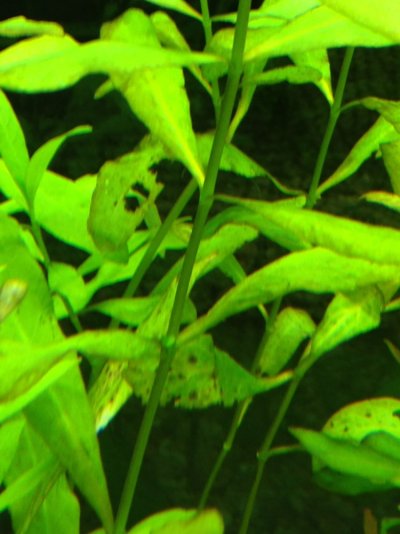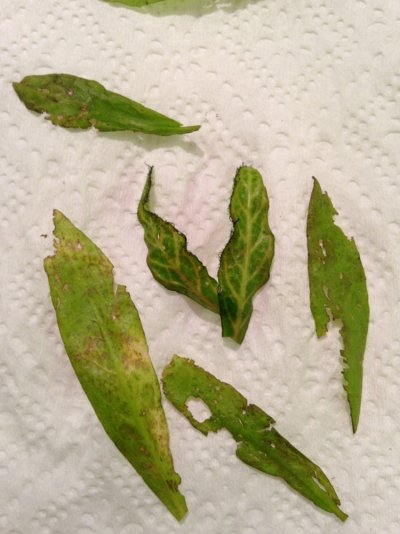sallyjano
Aquarium Advice FINatic
I have a couple of different hygros which seem to have a deficiency of some sort but I'm not sure what. Some leaves are curling up, others are getting brown spots which expand and turn into holes. It seems to mostly be the older leaves. The new ones look fine. I will post a photo shortly.
Can anyone help? Here's all my info:
Tank: 60g long
Lights: 2x54w T5HO, 2x17w regular fluorescent (ones that came with the tank). On for approx 8-9 hours a day.
Ferts/glut: Flourish Comp twice a week. Excel twice a week. Flourish Potassium Twice a week.
Feeding: quality flake, shrimp pellets, algae wafers, freeze dried blood worms, fresh veggies when I have time.
Can anyone help? Here's all my info:
Tank: 60g long
Lights: 2x54w T5HO, 2x17w regular fluorescent (ones that came with the tank). On for approx 8-9 hours a day.
Ferts/glut: Flourish Comp twice a week. Excel twice a week. Flourish Potassium Twice a week.
Feeding: quality flake, shrimp pellets, algae wafers, freeze dried blood worms, fresh veggies when I have time.


